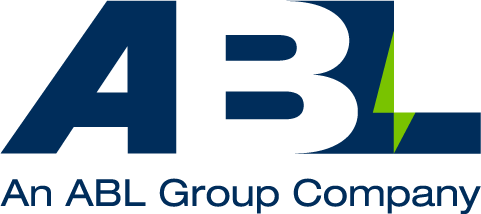How to Survive a Rig Inspection: Part 1
In this 16 part series, our head of Rig Inspection Services Steven Lee shares tips on how operators and owners can get through rig inspections with flying colours – and which pitfalls to avoid! Mr Lee has more than a hundred rig inspections under his belt, from all parts of the world. In this first chapter, we look at how a rig inspection team conducts two main types of rig inspection.

Part 1: What a rig inspection team looks for
A rig inspection team will generally conduct one of two types of rig inspection:
1) Focus on rig selection
This is analogous to kicking a car’s tyres. Normally conducted by one or two rig inspectors over a relatively short period, it is a likely preamble to a more in-depth inspection once a preferred rig is identified.
This will most likely form part of a process where a shortlist of three or four rigs are assessed. Typically, this is a high-level inspection where the rig inspection team will get a first impression of the rig and possibly some specific requirements for the client’s future drilling programme.
For a rig owner, this is an excellent opportunity to make a solid first impression to their potential client’s representatives.
One memorable inspection was when a senior member of the rig owner’s management, who was accompanying us on the inspection, came close to falling into the sea during a boat transfer onto the rig. Definitely not an ideal start! Rig staff sometimes fail to recognise their importance within these assessments.
Rig inspection teams will report on the general feel of the rig. This is largely driven by how the rig is presented in terms of housekeeping and how well managed the rig’s documentation and certification is. The inspection report will include many photos (a picture speaks a thousand words). Hence, poor housekeeping is not going to reflect well in the inspection reports.
So above all else, a well-presented rig will make a huge impression during this process. Rest assured the main topics of discussion after a rig selection team has left will be:
- HSE performance
- Non-productive time (NPT)
- Rig housekeeping presentation
- Rig documentation presentation
The aim of a rig selection is to identify any high-level items which may preclude the commercial negotiations that follow.
2) A rig assurance inspection
Often undertaken after the contract is awarded, this is far more intrusive and typically has more inspection team members scrutinising all aspects of the rig equipment and certification.
This type of inspection is part of an oil company’s due diligence process to make sure that the rig is in good order, is a safe place to work and that all the equipment is fully functional and correctly certified where appropriate.
The oil industry accepts that the more rigorous the inspection before a rig goes to work, the better the rig performance will be when the operations commence. Obviously, there are many factors which contribute to NPT but a good rig inspection will only assist in its reduction.
A rig inspection team will always be asked by their clients about their impression of the rig’s owners, crew and equipment. This should be based upon documented evidence rather than personal opinions or gut feelings shot from the hip. An inspection team will always form those gut feelings. A good team will provide appropriate evidence, both positive and negative.
Our advice
As a professional rig inspection team, we will always find deficiencies in equipment and certification – no unit will be perfect. However, a rig owner should not be judged purely upon these shortfalls, but equally upon how they move forward with addressing the issues.
From our extensive rig inspection experience there are a few pointers that make a rig inspection successful for all parties:
- Good dialogue between the rig crew and the rig inspection team in advance
- An agreed plan between all parties
- A dedicated focal point to coordinate the rig crew and inspection team’s activities
- Daily meetings between the inspection team and rig crew to review the daily findings and plan the following day’s activities
- Preparation for equipment function testing
So, to get the best out of a rig inspection, good preparation and having the rig crew ready and engaged are key to every aspect.
